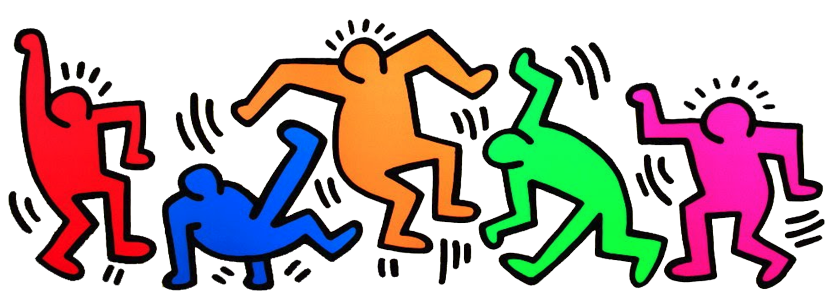Ankle Sprains
Ankle sprains occur when the ligaments that support the ankle are stretched or torn, causing pain, swelling, and instability in the ankle. Ankle sprains happen when the foot and ankle are twisted while playing sports, stepping on an uneven surface, jumping. The most common type of ankle sprain is an inversion sprain, which occurs when the foot turns inward and the ankle rolls outward.
Symptoms of an ankle sprain include pain, swelling, bruising, and difficulty bearing weight on the affected foot. In severe cases, there may also be a snapping or popping sensation at the time of injury. It is important to note ankle sprains are sometimes associated with other injuries such as tears in the tendon to even breaks in the bone.
Diagnosis of an ankle sprain is typically made through a physical examination, x-rays, ultrasound imaging or an MRI. Dr. Collins’ office is equipped with the latest in digital x-rays to rule out a broken bone and ultrasound imaging to assess the ankle ligaments.
Treatment for an ankle sprain depends on the severity of the injury. Rest, ice, compression, and elevation (RICE) are typically recommended. Over-the-counter pain relievers can help manage pain and swelling, and physical therapy or rehabilitation exercises can help restore strength and stability to the ankle. In some cases, a brace or support may be necessary to help the ankle heal properly. Surgery is reserved for those who have sustained several major ankle sprains and require “tightening” of the ankle ligaments.
There are several steps you can take to prevent ankle sprains from happening. Wearing proper athletic shoes and stretching before activities can help warm up your foot and ankle. Strengthening exercises, such as calf raises and balance drills, can also help prevent ankle sprains.
If you suspect that you have sprained your ankle, discover your options with Dr. Collins.
Tendinitis
Tendinitis is a common condition that occurs when a tendon becomes inflamed and painful. Tendons are thick cords of tissue that connect muscle to bone, and they help us move. Tendinitis can occur due to overuse, trauma, or degenerative changes in the tendons. The goal of treatment is to reduce pain, improve function, and prevent future recurrence.
The most common cause of tendinitis in the lower extremity is overuse injury. This occurs when repetitive stress is placed on the tendons. Athletes and individuals who engage in regular exercises are more susceptible to this type of tendinitis. The symptoms of tendinitis in the lower extremity include pain and tenderness at the affected site, swelling, and reduced range of motion. In some cases, there may also be a snapping or popping sensation when the affected tendon is moved. The pain may be dull and constant or sharp and acute, depending on the severity of the injury.
Diagnosis of tendinitis is typically made through a physical examination and a thorough history of your pain. X-rays and MRI scans may be used to confirm the diagnosis and rule out other potential causes of pain. Dr. Collins’ office is equipped with the latest in digital x-rays and ultrasound imaging.
Treatment of tendinitis in the lower extremity typically involves a combination of rest, physical therapy, and medication. Resting the affected area is crucial to allowing the tendon to heal. Physical therapy can help improve range of motion, reduce pain, and prevent future recurrence. Anti-inflammatory medications, such as ibuprofen, can help reduce pain and swelling. In severe cases, cortisone injections may be necessary to reduce inflammation and pain, but that carries significant risk.
A study published in the Journal of Orthopedic and Sports Physical Therapy found that physical therapy, including stretching, strengthening exercises, and manual therapy, was effective in reducing pain and improving function in individuals with tendinitis. The study also found that physical therapy was more effective than nonsurgical treatments, such as rest and medication, in reducing pain and improving function in individuals with tendinitis.
It is important to identify the cause of the tendinitis and to seek treatment to reduce pain and improve mobility. Left untreated, tendinitis can cause structural and functional changes in the tendon that cannot be reverse. With proper treatment and care, most people with acute tendinitis are able to make a full recovery. If you suspect you have tendinitis, discover your options with Dr. Collins.






